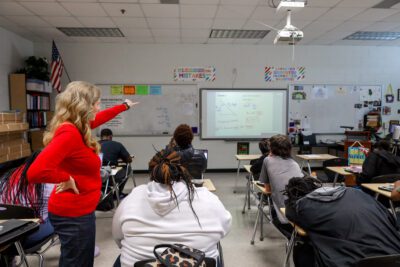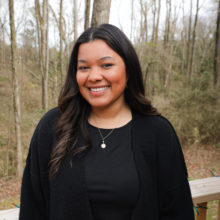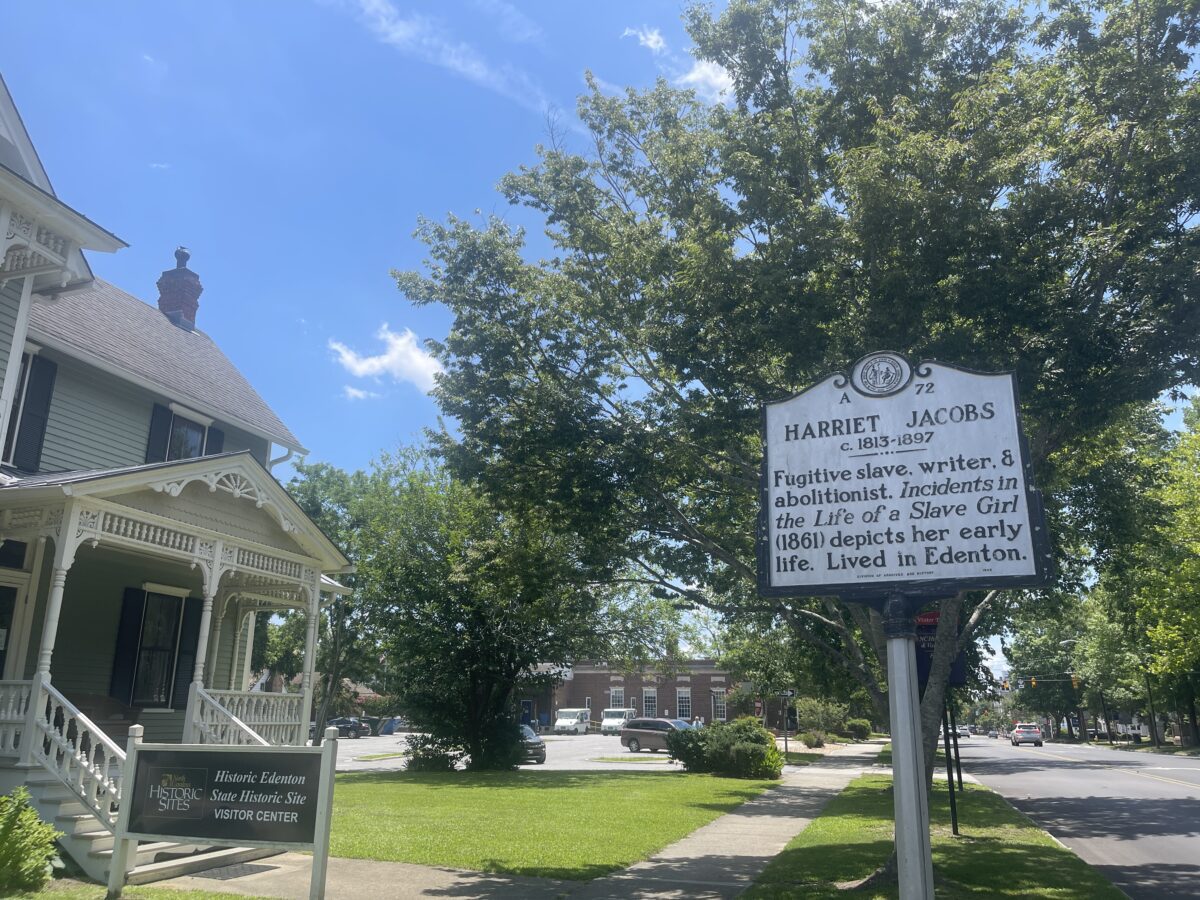
Born into slavery in Edenton, North Carolina, in 1813, Harriet Jacobs documented her personal experiences as an enslaved woman in her book, “Incidents in the Life of a Slave Girl.” Jacobs weaves the story of her enslavement with the real-life political and historical implications that impacted daily life for enslaved people in the United States.
“Incidents in the Life of a Slave Girl” is the autobiography of a woman born into and fighting to navigate out of the confines of chattel slavery in a pre-Civil War American South. From her birth until her freedom is purchased, Jacobs’ tale pulls back the cover on what we now know as one of the darkest periods in United States history.
“Every where the years bring to all enough of sin and sorrow; but in slavery the very dawn of life is darkened by these shadows,” Jacobs writes.
The autobiography was published in 1861 — at the start of the Civil War — under the pseudonym Linda Brent. Jacobs also used pseudonyms for the other characters, including her children, allies, enslavers, and employers.
![]() Sign up for the EdDaily to start each weekday with the top education news.
Sign up for the EdDaily to start each weekday with the top education news.
Jacobs tells the story of a “happy” childhood living with her parents. Upon their deaths, Jacobs was sold to a mistress, Margaret Horniblow, who taught her to read, write, and sew, and who she writes treated her well. When Jacobs was 12 years old, this mistress died and Jacobs was bequeathed to a young relative, whose father, Dr. James Norcom (called Dr. Flint in the book), becomes Jacobs’ master.
At one point, Jacobs lived in a 9-by-7 garret in her grandmother’s house for seven years to protect her children and eventually flee North.
A North Carolina Highway Historical Marker honoring Jacobs was dedicated in May 1998. A self-guided walking tour starts at the Edenton State Historic Site Visitor Center and stops throughout downtown Edenton at places likely frequented by Jacobs during her time there.
There are 13 stops on the tour, and while many of the buildings are no longer standing, visitors can imagine the proximity of various places in Jacobs’ life. Other places, like St. Paul’s Episcopal Church, still stand.

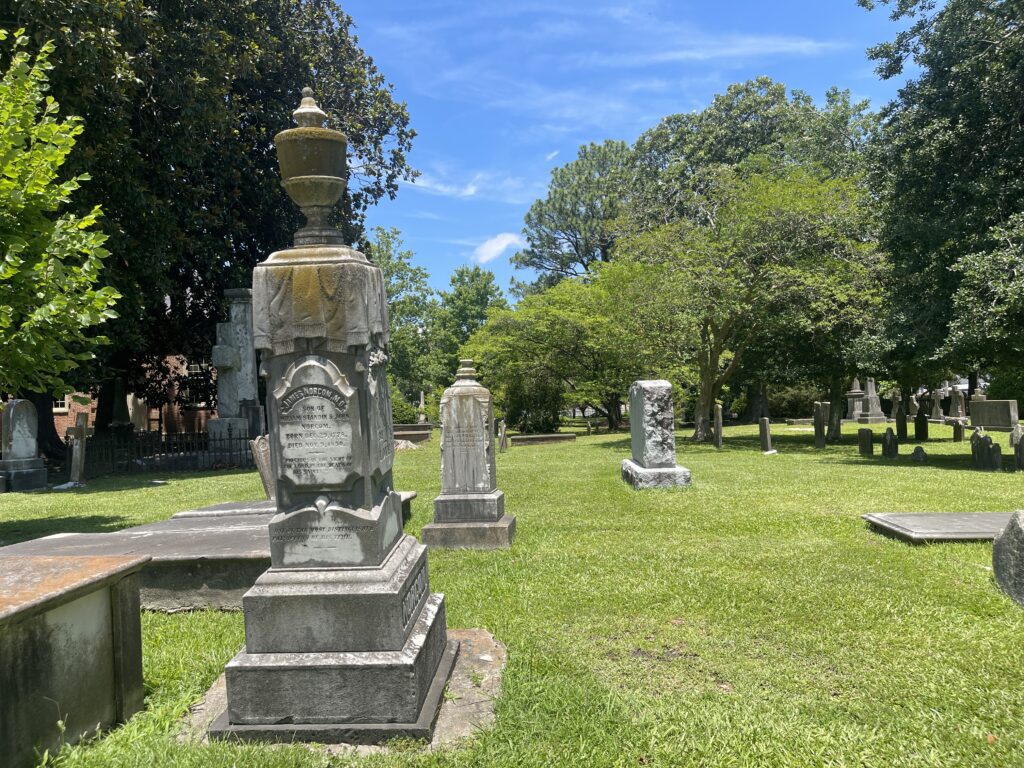
Jacobs writes that her children were baptized at St. Paul’s Episcopal Church. Jacobs’ enslaver, Dr. James Norcom is also buried in the churchyard.
When Jacobs was around 15 years old, Norcom began relentlessly sexually harassing her. In an attempt to thwart his advances, Jacobs eventually began an affair with an unmarried, white neighbor, Samuel Tredwell Sawyer (called Mr. Sands in the book), who would eventually father her two children, Louisa and Joseph. While in hiding, Jacobs arranged for Sawyer to buy her children. She writes that Sawyer promised to free her children, though he never did.
Over the years, Jacobs struggled with the shame of her relationship with Sawyer. She wrote:
“Pity me, and pardon me, O virtuous reader! You never knew what it is to be a slave; to be entirely unprotected by law or custom; to have the laws reduce you to the condition of a chattel, entirely subject to the will of another. You never exhausted your ingenuity in avoiding the snares, and eluding the power of a hated tyrant; you never shuddered at the sound of his footsteps, and trembled within hearing of his voice. I know I did wrong. No one can feel it more sensibly than I do. The painful and humiliating memory will haunt me to my dying day. Still, in looking back, calmly, on the events of my life, I feel that the slave woman ought not to be judged by the same standard as others. ”
Other stops along the tour include several “former sites” — meaning the original buildings are no longer standing. The first of those sites is currently the parking lot of Edenton Baptist Church, but was once the site of Dr. James Norcom’s home. After the death of Margaret Horniblow, Jacobs moved to the home.
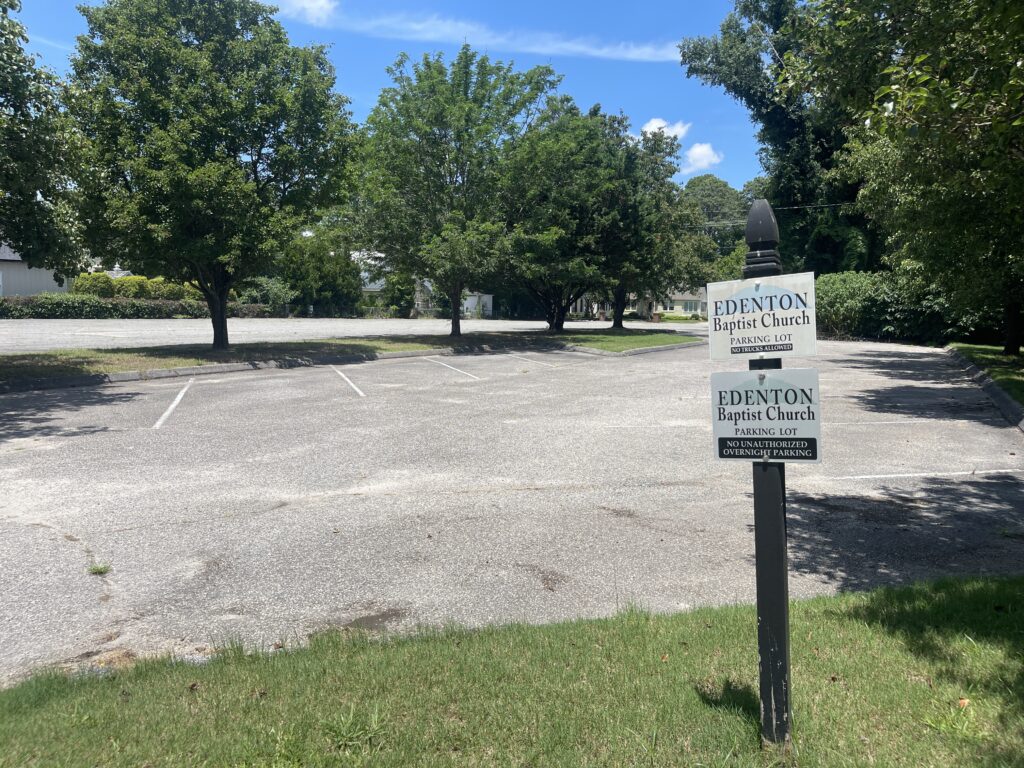
Other former sites featured include the home of Samuel Tredwell Sawyer, the home of Molly Horniblow, Dr. Norcom’s medical office, and Horniblow’s Tavern.
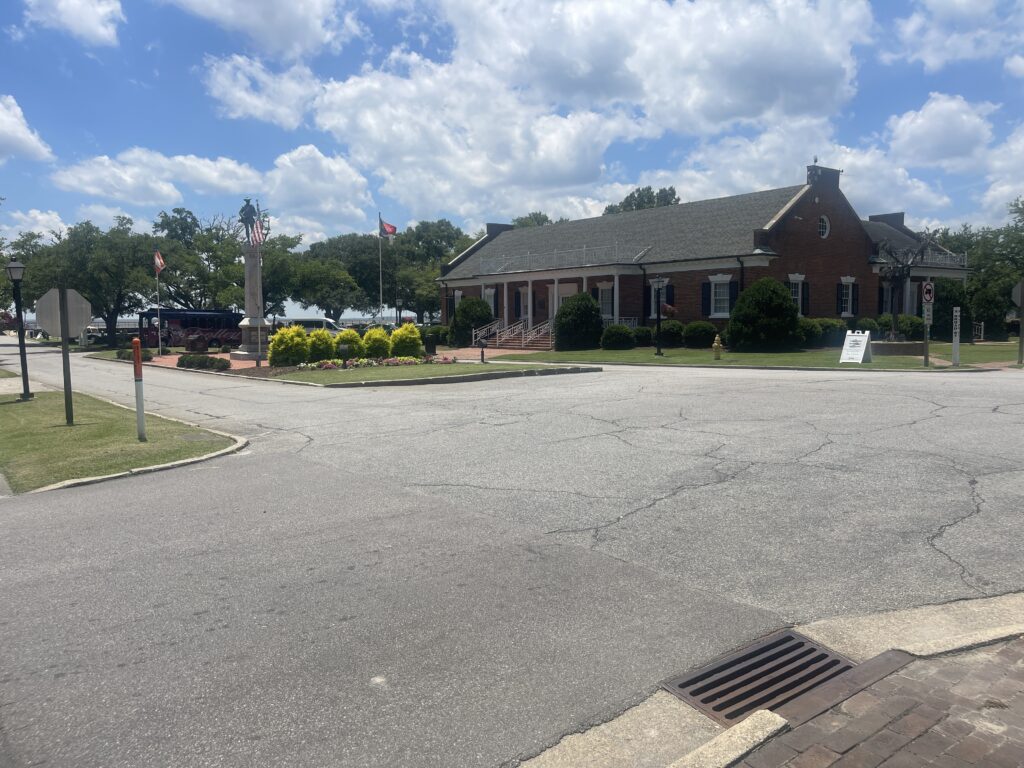
The intersection of S. Broad Street and Water Street (pictured above) is the former site of the Market House, where goods of all kinds were sold, including enslaved people.

The Snaky Swamp, where Jacobs writes that she hid for two days while a hiding place was prepared for her at her grandmother’s house.
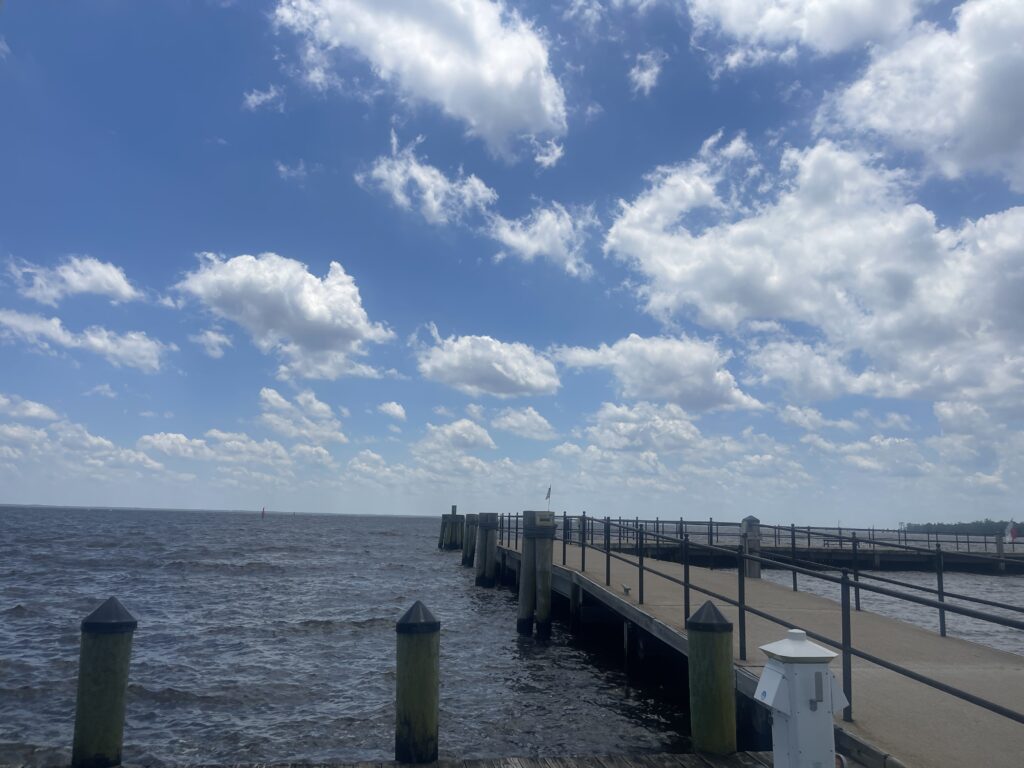
Finally, the Edenton Bay Harbor — which became known as the Maritime Underground Railroad — is where Jacobs escaped slavery after seven years of hiding. She caught a boat headed North in 1842.
Jacobs spent the next several years on the run while her former enslavers relentlessly attempted to track her down. She found work in New York as a nanny for Nathaniel Parker Willis and Cornelia Willis. While Jacobs once again found herself fleeing the pursuit of her former enslavers, Cornelia Willis purchased Jacobs’ freedom for $300.
“…but much as I love freedom, I do not like to look upon it. I am deeply grateful to the generous friend who procured it, but I despise the miscreant who demanded payment for what never rightfully belonged to him or his. I had objected to having my freedom bought, yet I must confess that when it was done I felt as if a heavy load had been lifted from my weary shoulders,” Jacobs writes.
In the years after her freeing, Jacobs devoted herself to relief efforts around Washington, D.C., for former slaves. Jacobs and her daughter founded a school in Alexandria, Virginia, for free Black people called the Jacobs Free School. Shortly after, they returned south to Savannah, Georgia, and continued working with the freedmen there.
You can learn more about Jacobs and her life after slavery here. Read “Incidents in the Life of a Slave Girl” here. Learn more about Jacobs’ life in Edenton here.
You can also visit the Historic Edenton State Historic Site to take the self-guided walking tour or a guided tour (for a small fee).
Recommended reading

